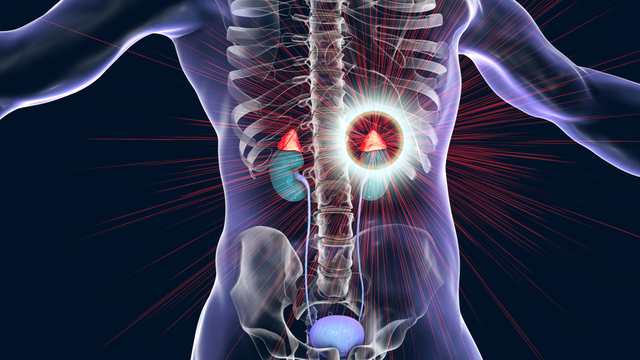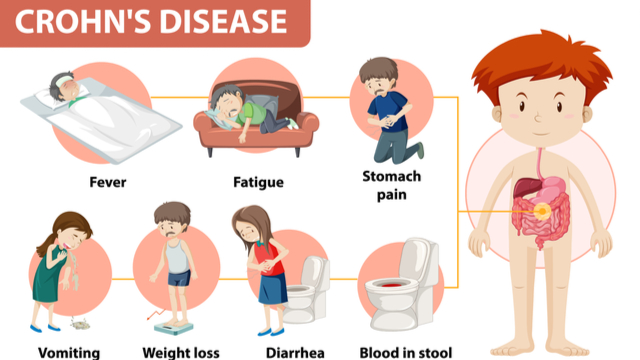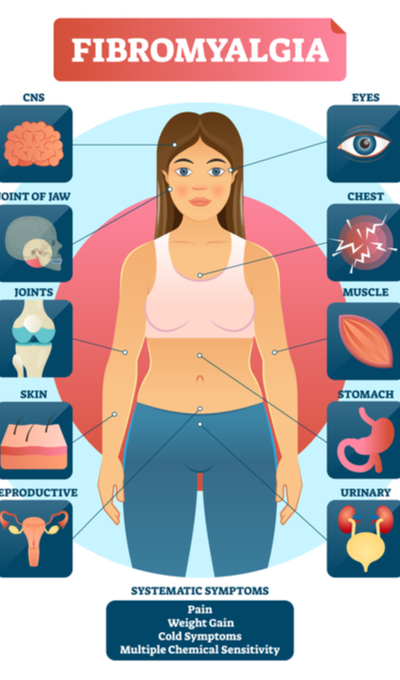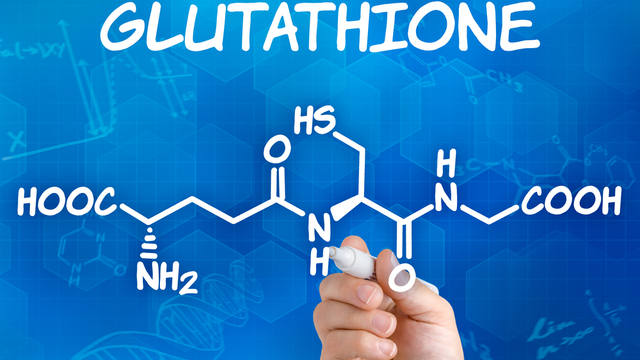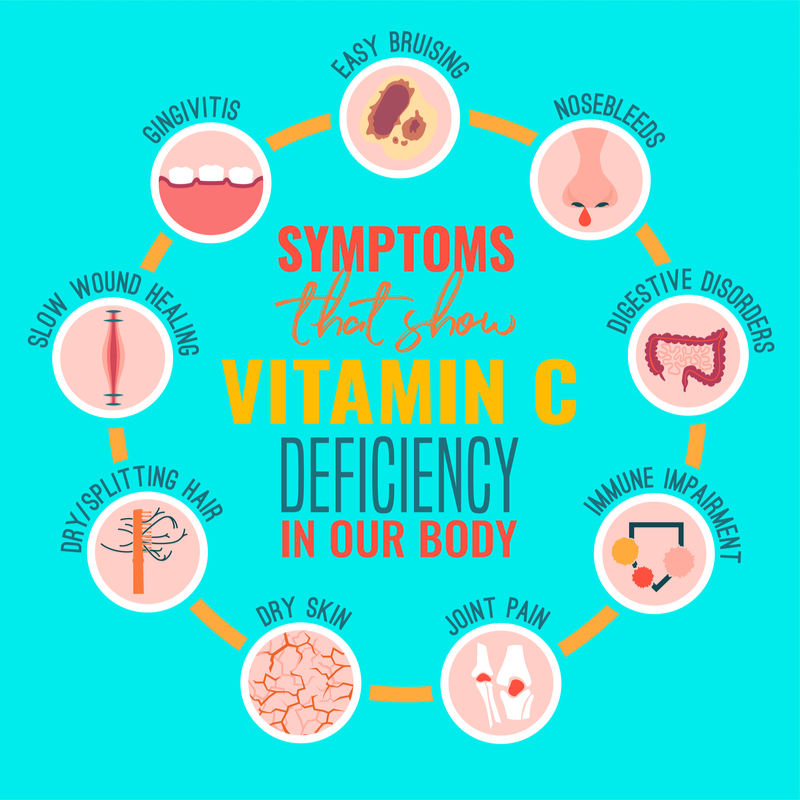Is IV Therapy Safe?
This is one the questions I get asked most when introducing someone to IV therapy for the first time. Is IV therapy safe?
The short answer, after doing thousands of IV drips on clients over the last 12 years of clinical practice, including doing them myself (even during pregnancy) as part of my health routine, the short is yes.
I’m sure if you’re wondering, “Is IV Therapy Safe?” then you’ll want some more detailed info, which I will share in this article.
First off, all the nutrients in the IV Drip bag are water soluble – meaning your body/your cells will take in what they are able to absorb. Much like increased intake of water overtime, your body learns how to absorb the increased supply of nutrients in your blood stream. Water soluble means you pee out whatever your cells do not take in, where fat soluble nutrients can reach excess.
You cannot overdose on water soluble vitamins contained in the IV Drip, but you can overdose on fat soluble nutrients if not monitored properly. IV nutrients are only water soluble.
Additionally, the IV Therapy doses for wellness are actually quite a low dose (5-20g) within your blood stream when compared to other IV treatments.
When people say you pee out IV vitamins, this is true. You also pee out all food and oral based vitamins as well. In fact, you pee out medication. Our bladders and kidneys are constantly working to clear nutrients after our cells have taken in what they need.
Is IV therapy safe when pregnant and when breast feeding?

IV therapy is safe for pregnant women and for women who are breastfeeding. It’s safe because it’s the nutrients you get naturally from your food. There aren’t any drugs or foreign substances going into your bloodstream. You’re just getting more of what’s biologically available anyway. Because the nutrients we use are all water soluble, your cells decide what to take up and how much to let in. The nutrients don’t build up in your body.
I had my baby at 40 and believe doing regular IVs throughout pregnancy not only helped me have a healthy baby, but helped to speed up my recovery after birth.
Is IV Therapy safe when taking medications?
I’ve given IV treatments from teens, to pregnant women (myself included), to 90+ years of age and on multiple medications. When someone is on medications, we always look at which medications the person is on and the impact that the nutrients in the IV drip bag may have.
For example, I avoid calcium when patients are on calcium channel blocker medication for hypertension or has an arrhythmia. We avoid potassium when kidney concerns, and we avoid calcium when a patient is on antibiotics.
Before you receive your first IV drip, we have an initial consultation which covers and current medication you are on.
Is IV therapy safe from getting an infection from the needle?
The chance of infection from the needle stick is extremely minimal. There’s so much precaution leading up to inserting a needle into a vein. We’re very careful to use sterile techniques. It goes without saying that we never reuse needles.
On top of that, we are extremely skilled at putting in the needle. After thousands of IVs, I’d challenge anyone to find a team of more veteran vein-finders than we have on staff.
Every once in a while, inserting the needle can cause a slight bruise. Or there might be some slight irritation from the skin. This can be reduced or avoided by being well-hydrated before starting the treatment to dilute the very slight acidity of the IV fluid.
But typically, the most common side effect people feel is a warming sensation, and that’s the B vitamins, which dilate the blood vessels, so that’s a healthy sensation.
While we work with needles, and many of us have baggage when it comes to needles, our process is entirely safe, sterile, and simple.
Does IV Therapy Hurt?
A question I often get asked before someone starts IV therapy is “Does it hurt?” Well, everybody has their own pain threshold, but basically, there’s very, very little discomfort.
We use a butterfly needle at Higher Health, which is the smallest needle possible, so most people barely feel it when it’s inserted.

In fact, even the most needle-phobic people are surprised at how little they feel it. Sometimes these patients, who can’t bear to watch me put the needle in, ask me when I’m going to do it. I have to tell them it’s already in place!
There’s just that initial tiny pinch, and then there’s no discomfort while you’re on the IV. We also have cream that we can put on that desensitizes the area.
You may also have a hospital or blood drawing story where a nurse couldn’t find your vein, poking your arm 15 times to get it right. I’ve heard plenty of those stories, and I can tell you we are vein whisperers.
Where Do the Vitamins Come From?
We receive our vitamins in vials from a highly regulated licensed compounding pharmacy, which follows standardized compounding procedures to make the vitamins from a synthetic base, producing a sterile pharmaceutical grade end product. We also purchase sterile bags of medical-grade solution. The vitamins are pure and contain no preservatives or additives.
Then at our clinic, in an isolated room designated for sterile compounding, our specially trained technicians, wearing sterile gowns and gloves, compound the vitamins and the solution, creating the vitamin infused bags you see in the IV lounge.
A base IV drip bag contains Vitamin C, Magnesium, calcium, minerals, B vitamins, specific amino acids and antioxidants. Depending on your health goals, we add additional nutrients.
How long has IV therapy been in use for improving health?
The Origins of IV Vitamin Therapy
Most of us are familiar with the IV therapy commonly used in hospital settings, where an IV bag delivers medicine or nutrients into a patient’s bloodstream.
In this case, it’s referred to as “parenteral nutrition” or TPN. A person may need TPN because of a gastrointestinal (GI) disorder (or other) that severely limits the ability of their digestive tract. A person may not be able to swallow food, move the food through the digestive system, or absorb nutrients from the food, conditions common to those with Crohn’s disease, cancer, short bowel syndrome, or ischemic bowel disease.
However, critically ill patients who cannot receive nutrition orally for more than four days are also candidates for TPN
Naturopathic medicine posits that if total parenteral nutrition is good for someone who can’t eat, it can also ‘s good to optimize your health. It makes sense to think that with improved nutrition, by any means, you can feel better. for you when you’re not feeling your best.
In the 1960s Dr. John Myers, a physician from Baltimore, Maryland, pioneered a treatment of vitamins and minerals delivered intravenously. He noticed the patients he was giving micro-doses of vitamins to were doing better than his other patients who weren’t taking the IV solution. Later dubbed the “Myer’s Cocktail,” it included magnesium, calcium, B vitamins, and vitamin C.
In the years since Dr. Myers, other micronutrients have been found to be effective in treatments. The IV dip has likewise been used to treat a range of illnesses.
While little was known about IV therapy a few decades ago, today an ever-expanding body of research shows its application in a number of studies.
At Higher Health we use IV Therapy to treat many conditions. You can find more on that by clicking here.
Research also shows that “high dose intravenous vitamin C appears to be remarkably safe. Physicians should inquire about IV vitamin C use in patients with cancer, chronic, untreatable, or intractable conditions and be observant of unexpected harm, drug interactions, or benefit.”
In recent years, most new patients walk in with the understanding they need way more nutrients than those they get from food. Social media has played a big part in increasing the awareness of IV Therapy and its wellness benefits, as celebrities and health-conscious influencers have helped accelerate the prevalence of IV therapies.
I hope this article has helped you decide is IV Therapy safe for you. If you have any questions about IV Therapy or your health in general, you can book a free introductory consultation by clicking here.
Sincerely, Dr. Tara Campbell, ND
References:
https://www.ncbi.nlm.nih.gov/pmc/articles/PMC1757963/pdf/v080p00001.pdf
https://pubmed.ncbi.nlm.nih.gov/1503803/
https://ncim.ca/wp-content/uploads/2014/05/Myers-Article.pdf
https://journals.plos.org/plosone/article?id=10.1371/journal.pone.0011414


